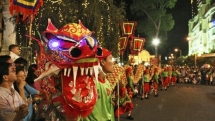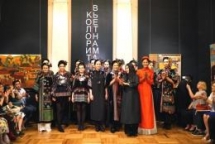Vietnamese Silk Embroidery Art impresses international media
| Beach tours to be top choice for Vietnamese Traditional Tet | |
| Vietnamese traditional Tet recreated in heart of Hanoi’s Old Quarter | |
| Vietnamese traditional ‘ao dai’ introduced in Russia |
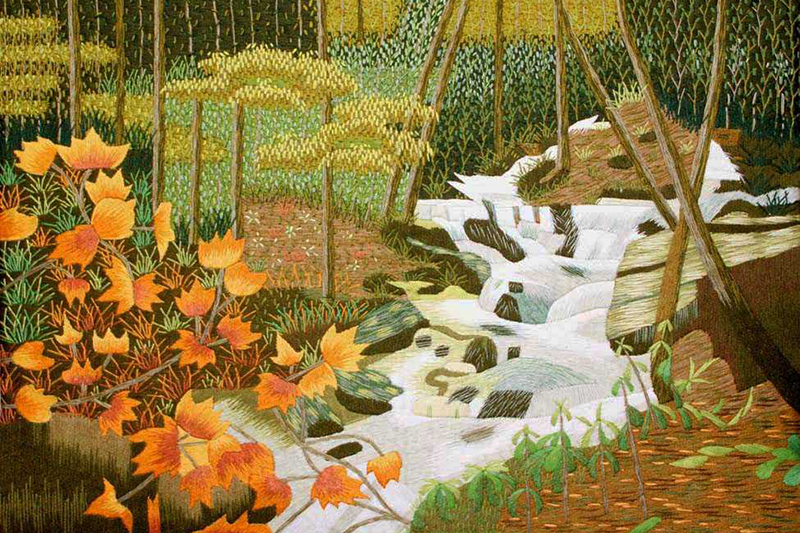 |
| Photo: Nguyen Art Gallery |
The article opens by stating, “The craft only recently reached its peak, when two artists – an embroider and a painter – decided to combine their skills and found the country’s most successful hand embroidery studio.”
The website also gives their impressions on XQ Dalat which was founded by Hoang Le Xuan, a talented local artisan who inherited embroidery techniques from her family, along with her husband, painter Vo Van Quan. The couple devised the concept of embroidered paintings and came up with fresh techniques in order to make it a reality, according to VOV.
Most notably, the unprecedented level of realism and detail which is on display throughout the embroidered masterpieces of XQ Dalat have served to bring international success to the small family business. At present the Vietnamese company employs over 3,000 talented embroiders whilst catering for orders from clients globally.
Since its establishment in 1996, XQ Dalat has been dedicated to taking traditional Vietnamese silk embroidery to a higher level whilst simultaneously bringing it to new audiences, the website describes.
Whether customers are keen on traditional flower motifs, picturesque landscapes, or portraits which are highly detailed, XQ’s artisans are able to bring them to life by making use of silk thread, along with plenty of patience for the craft.
XQ hand embroidery pictures contributed a new colour for Vietnam hand embroidery, It contributed to make a typical culture, a precious gift for Vietnamese people and meaningful souvenir for international visitors on their occasion to Viet Nam. Embroidery picture of Viet Nam are also taken oversea in order to introduce the beauty of Vietnamese traditional culture. Since that, embroidery becomes special art which contribute to enrich international cultural treasure.
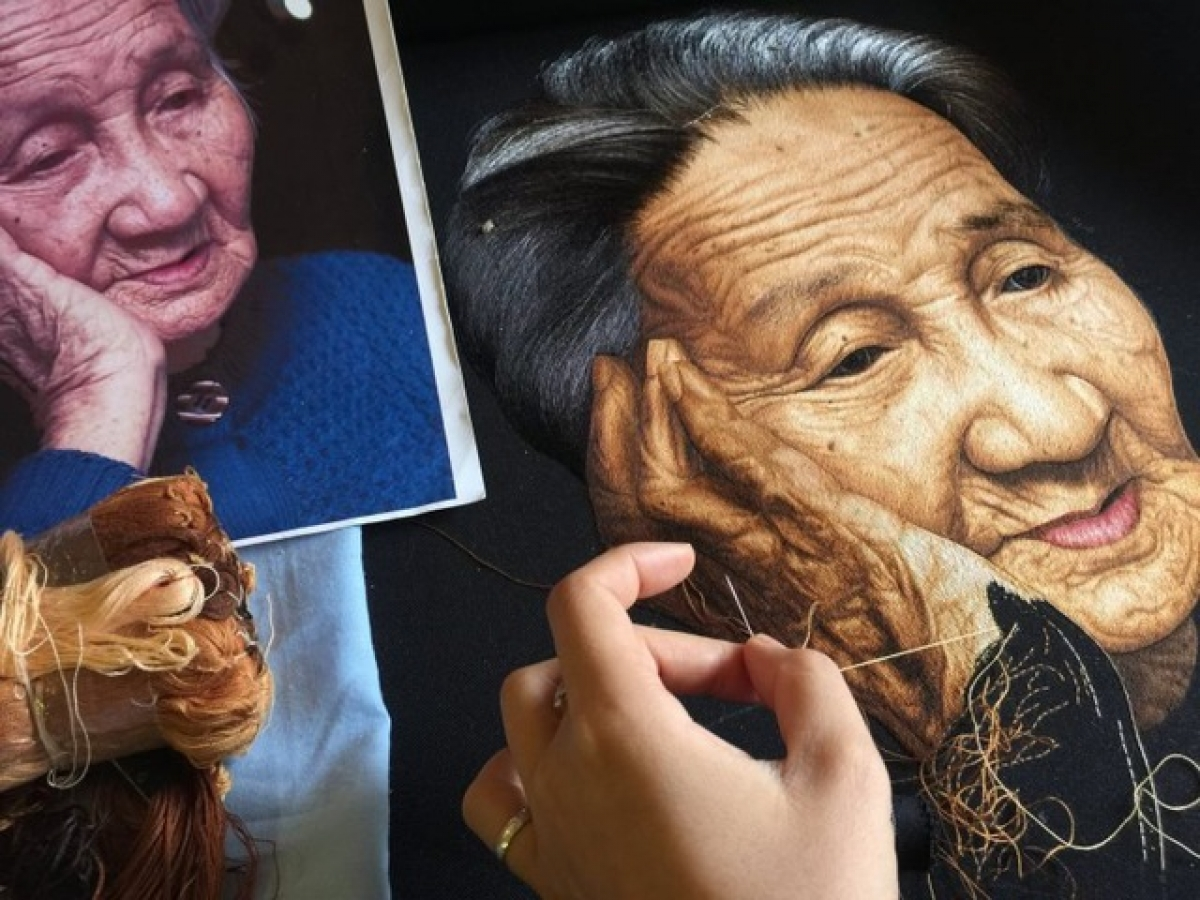 |
| An artwork by XQ Dalat (Photo: VOV) |
The History of Embroidery Art in Vietnam
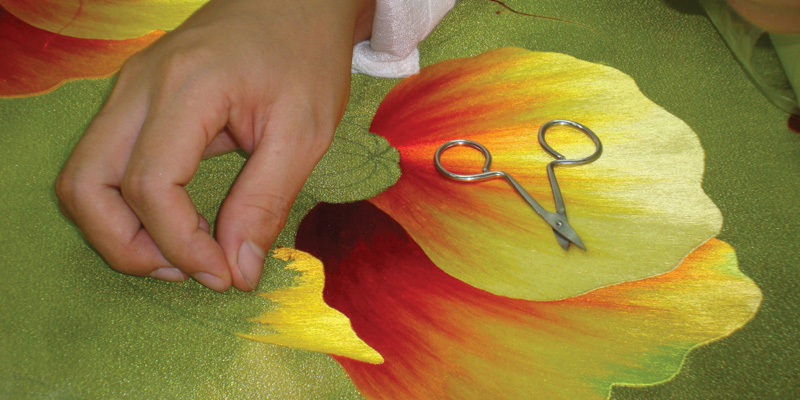 |
| Embroidered peonies in process at the XQ Center in Huê, Vietnam. Note at bottom the outlines in stem stitch and the groundwork fill-in stitches in pale pink at top. Both of these are preliminary steps to the final embroidery. Unless otherwise noted, all photographs by Cynthia LeCount Samaké. (Photo: Piecework Magazine) |
Embroidered painting is considered as a long-standing handicraft in Vietnamese paintings. In the early 17th century, the embroidery marked the first turning point in the history of formation and development. Mr. Le Cong Hanh (1606 – 1961) learned this form of art from China. Then he combined experience and techniques of embroidery painting to popularize this art form to Vietnamese people. Embroidery products were made on fabric material with the creativity of Vietnamese artists. At that time, the threads were manually dyed with natural materials such as indigo, dioscorea, luscious,…
In the early 90s of the 20th century, the Vietnamese silk embroidery art has gradually reached the pinnacle of art due to the establishment of many embroidery companies. From serving only for the King or the aristocrat, embroidery has been widely used throughout the country. Originally, embroidery is the work for women but now it is also for man, as long as they have the passion. From time to time, there are always skillful and enthusiastic artisans in the way of embroidery throughout the country.
Nowadays, with the richness and variety of the material (fabric, thread) and the creativity of the artisan, Vietnamese embroidery has increasingly asserted its position. An embroidered picture is made not merely about the needle but it also marks the ups and downs of time. Through an embroidered picture, the viewer can see the profound value that it brings: the rustic, simple beauty of the Vietnamese people, the cultural identity of the country or the enthusiasm of the artist. Some famous embroidered paintings are Portrait of Uncle Ho; A girl beside the loom; The mouse’s wedding…
Hand Embroidery
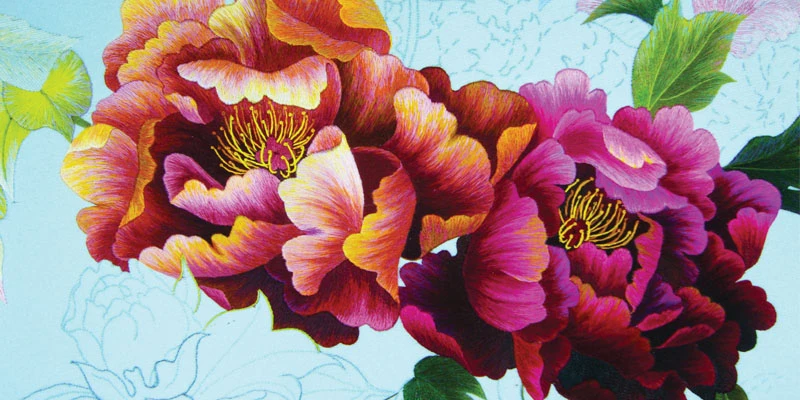 |
| Embroidered peonies in process at the XQ Center in Huê, Vietnam. Note at bottom the outlines in stem stitch and the groundwork fill-in stitches in pale pink at top. Both of these are preliminary steps to the final embroidery. Unless otherwise noted, all photographs by Cynthia LeCount Samaké. (Photo: Piecework Magazine) |
Traditional hand embroidery can be made on any type of fabric: cotton, silk… After having the pattern, the artist has to transfer it to the fabric. This step is done entirely by hand, using a scanned paper needle pattern in combination with pastels and kerosene. Also, the pattern is adapted to the fabric with only the stroke but not the color as cross embroidery. With hand embroidery, the artisan has the chance to show their creativity with many different color codes of the thread, including raw thread, polished thread, silk thread,…These are bright and smooth threads so after finishing, the embroidered picture will be framed glass and hung up, which is very luxurious and outstanding.
Traditional hand embroidery requires a long process of training. Being able to master the skill of hand embroidery can take years, depending on the ability to learn, the patience, the creativity and even the gift of the artisan.
Cross Embroidery
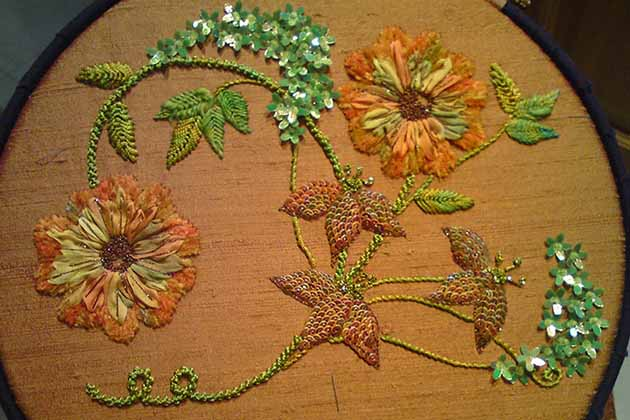 |
| Photo: Nguyen Art Gallery |
The fabric for cross embroidery is made of plastic. It is divided into equal – sized pieces, and the pattern with color is also printed on the fabric. This kind of embroidery is used mainly with the raw thread with more than 400 color codes of different shades. For needle, it is recommended to use the big one and not pointed because there are already holes between the cells on the fabric. To make a cross embroidered picture, the craftsman will embroider the cross sign interlaced with each other.
Cross embroidery is favored by the majority of women because its technique is quite simple and does not take too much time.
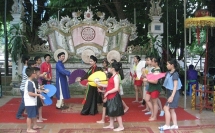 | Programme encourages love for Vietnamese traditional opera among Hanoi students A programme entitled ‘Experimenting the arts of ‘Cheo’ – Vietnamese traditional opera’ was recently held at Hao Nam Temple in Hanoi, allowing the capital city’s ... |
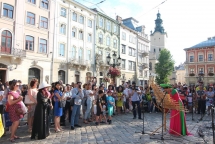 | Vietnamese traditional music performance impresses international friends in Ukraine (VNF) – Vietnamese Day in Ucraina, one of the series of activities to celebrate the Vietnamese Culture Year 2018 has successfully concluded after four vibrant ... |
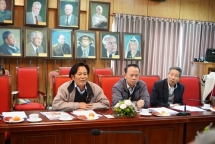 | Vietnam – US Society wants to bring Vietnamese traditional arts to America VNF - The Vietnam - US Society (VUS) on Jan 18 held a meeting to summarize its work in 2017 and set out direction for ... |
Recommended
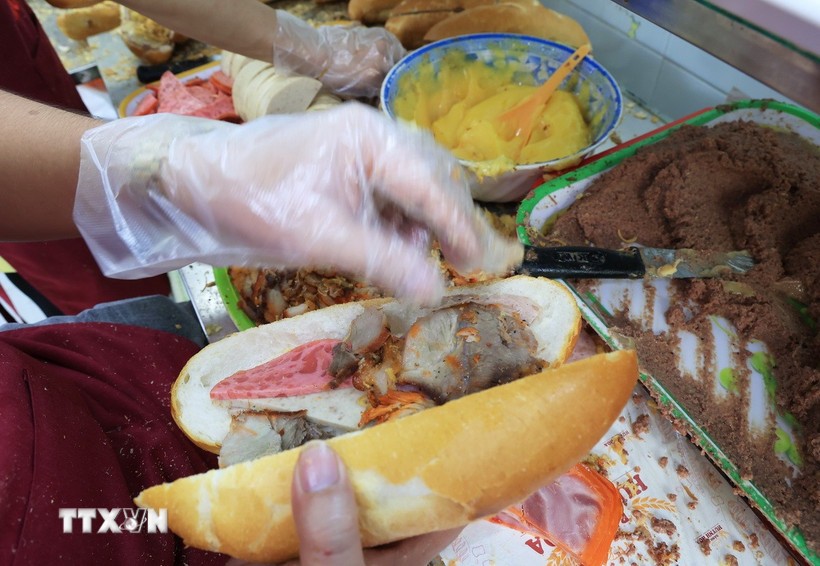 Handbook
Handbook
Vietnamese Banh My Shines on Global Culinary Map
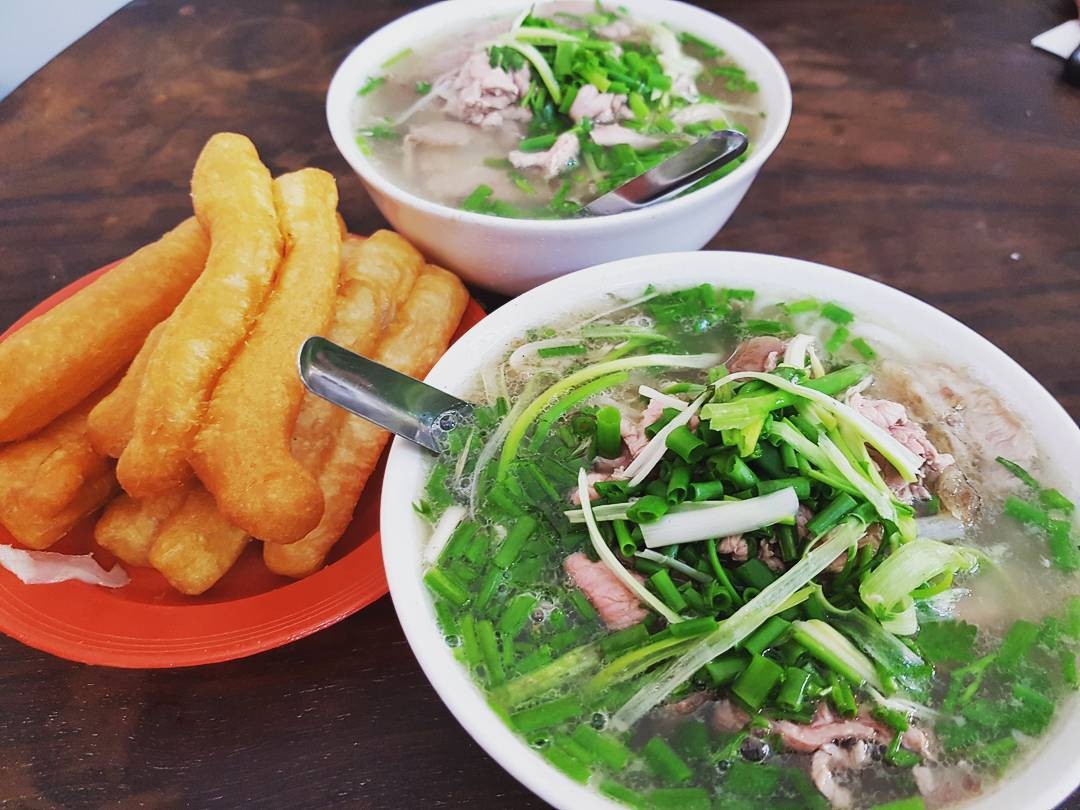 Handbook
Handbook
Vietnam Ranks Among World’s Top 4 Most Attractive Culinary Destinations
 Handbook
Handbook
Vietnam’s AI Law to Require User Notification before AI Interactions
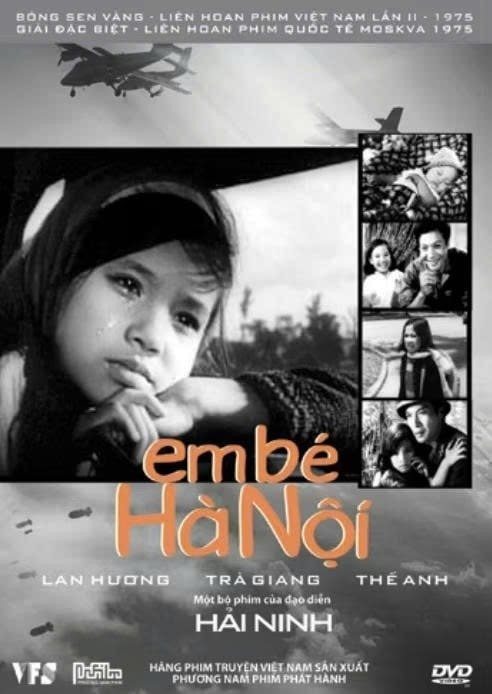 Handbook
Handbook
10 Vietnamese Films Set For Screening In US To Mark 30 Years Of Diplomatic Ties
Popular article
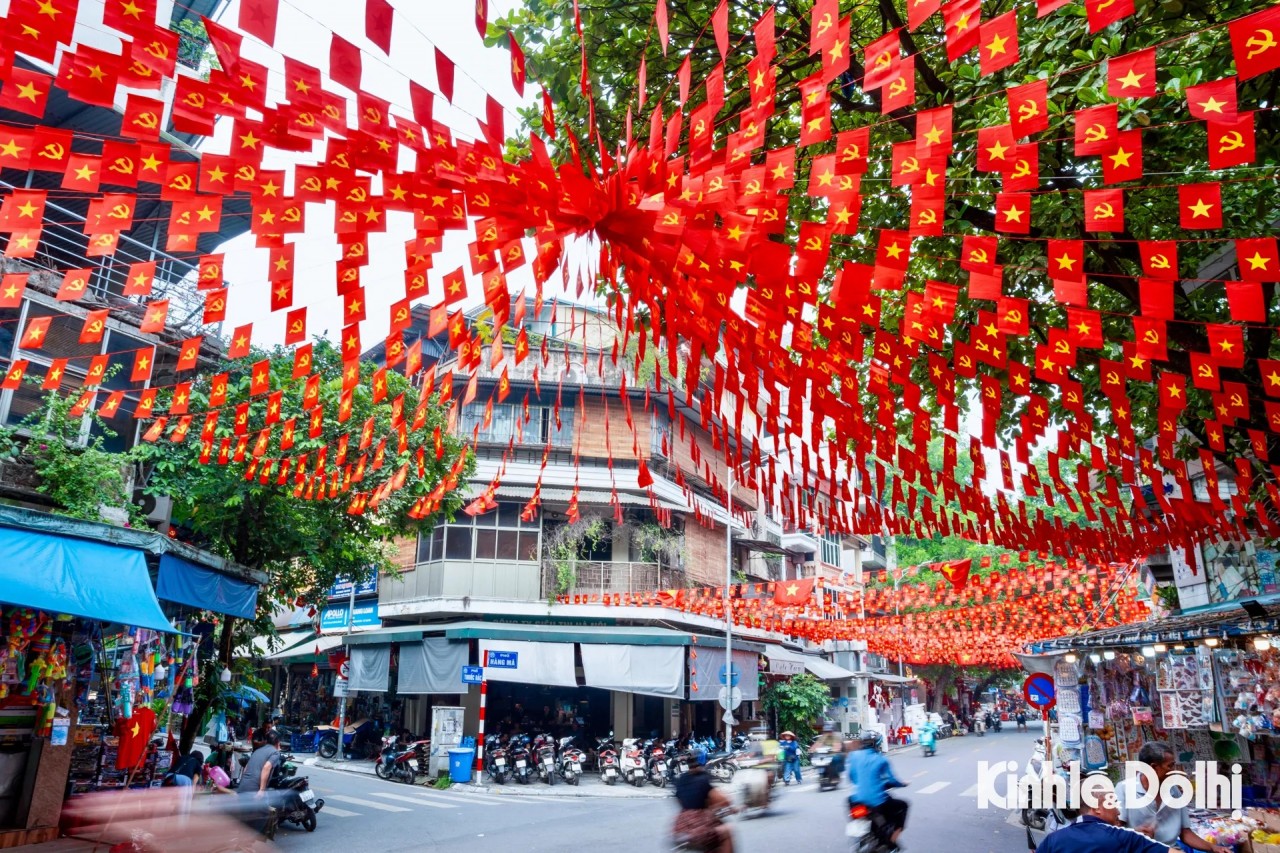 Handbook
Handbook
Time Out: Hanoi Among Most Beautiful Autumn Viewing Spots in Asia
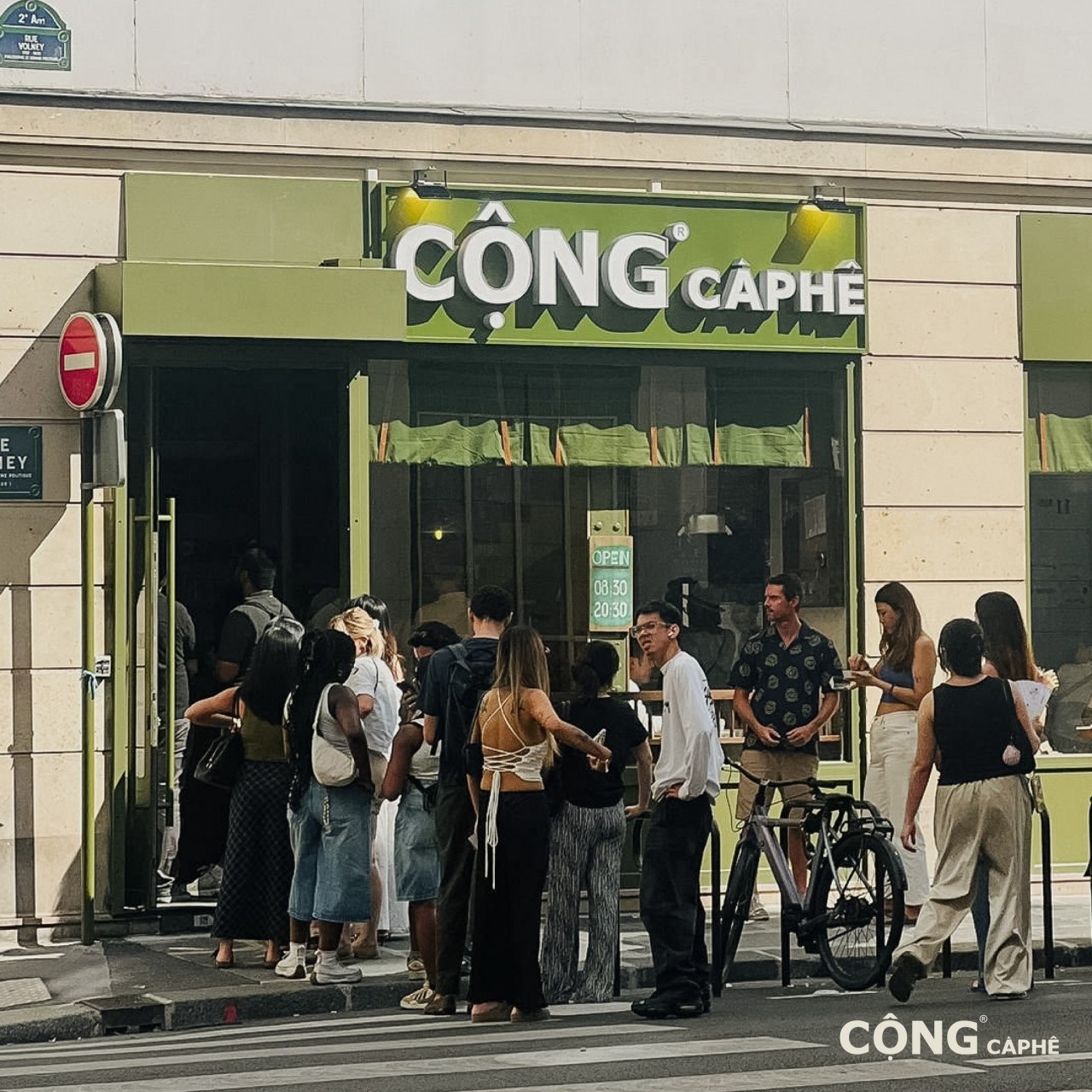 Handbook
Handbook
Vietnamese Coffee Conquers Paris - More Than Just A Brew
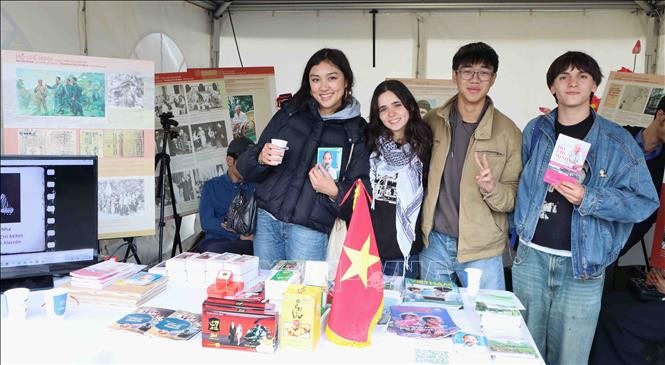 Handbook
Handbook
Belgium: Vietnamese Booth Leaves Strong Impression at ManiFiesta Festival 2025
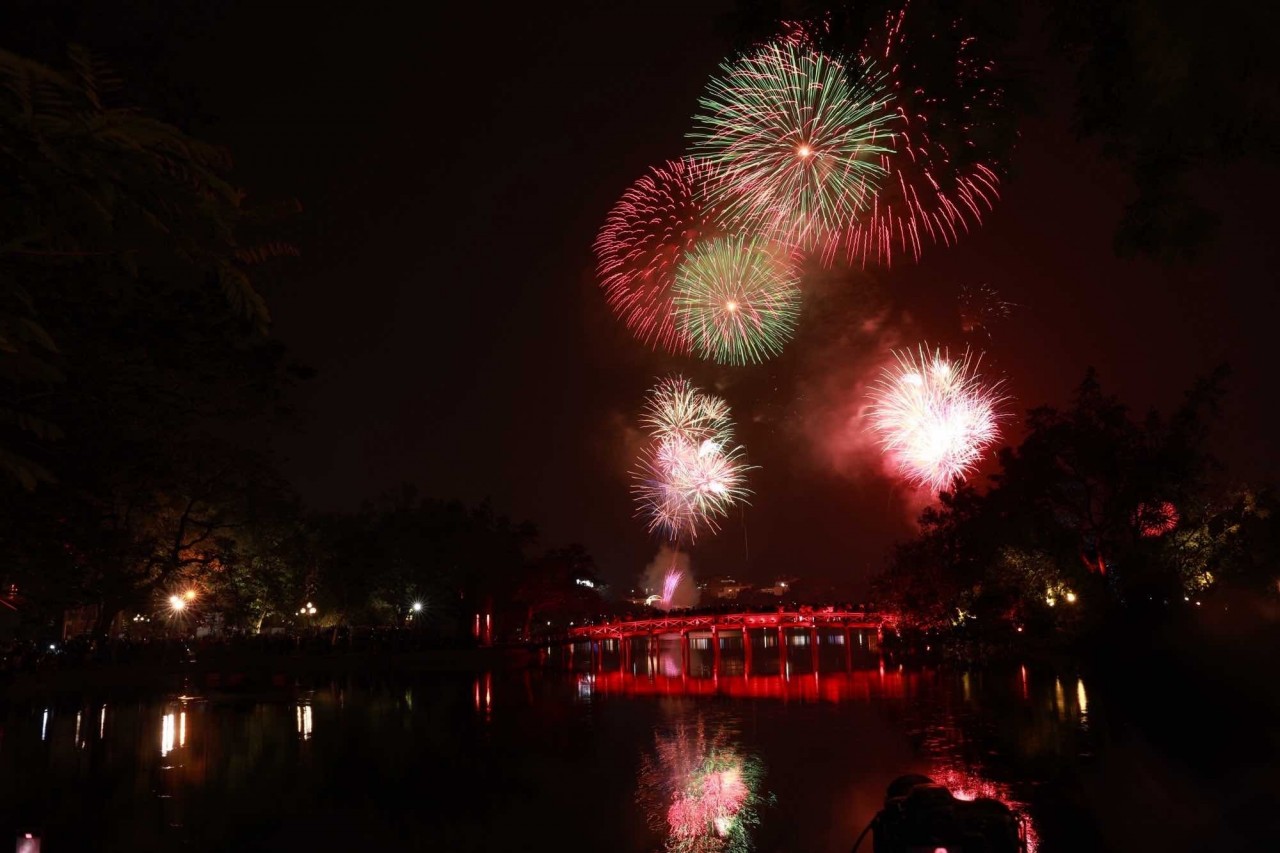 Handbook
Handbook


